The State of the Energy Market 2025 report from the Australian Energy Regulator (AER) shows the generation mix is rapidly shifting with rooftop solar capacity increasing by 13% to 23 GW during 2024, equivalent to 25% of all generation capacity in the National Electricity Market (NEM).
During the first six months of 2025, those rooftop solar systems contributed 14.7% of the NEM’s total generation output, more than utility-scale solar (9.3%), wind power (13.7%), hydro (4.9%) and gas (3.5%).
While the rollout of rooftop solar continues, the rate of home battery installations is also on the rise with 74,582 units installed last year, up from 46,127 in 2023 and marking a 62% year-on-year increase. Installation rates have continued to surge with 19,592 home batteries installed across Australia last month, with a total nominal capacity of 356.6 MWh.
AER Chair Clare Savage said the profile of energy generation in Australia is in the midst of a major transition driven by decarbonisation, the decentralisation of energy services and new technology.
“In 2024, over 5 GW of new solar, wind, battery and gas capacity entered the NEM, the largest annual new entry of capacity since the NEM began in 1998,” she said.
“By the end of the year, renewable technologies including rooftop solar, solar farms, wind, hydro and batteries made up 60% of the NEM’s generation capacity and contributed 39% of generation output, representing a significant increase over the past decade.”
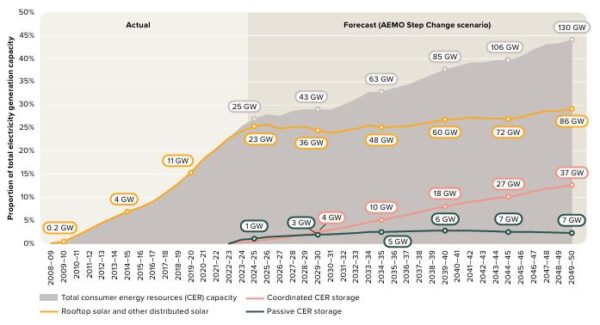
Image: Australia Energy Regulator
Savage said technological developments and consumer preferences are steering the market away from a supply-side orientated system to one that needs to support two-way flows of electricity, and away from centralised generation to distributed generation.
In the 10 years to December 2024, 18.2 GW of rooftop solar and 18.5 GW of large-scale wind and solar capacity joined the NEM. Over the same decade, more than 6.6 GW of coal- and gas-powered generation exited the market.
The increase of renewables, including large amounts of consumer energy resources (CER), does present challenges, including potential network congestion and making grid operation more difficult.
“As the system continues to evolve consumer energy resources (CER) must be effectively integrated and coordinated to help achieve a least-cost transition, with networks evolving to support these new energy services and ensuring they are utilising their full capacity,” Savage said.
Electricity consumption in the NEM rose by 3.4% in 2024, about one-third of this increase was met by increased rooftop solar generation rather than being supplied through the grid.
AEMO forecasts that future energy consumption from the grid will grow by about 108% between now and 2050 as the economy moves towards more intensive electrification of industry and transport. Business and industry consumption is forecast to more than double from today’s 145 TWh to almost 345 TWh in 2050.
This content is protected by copyright and may not be reused. If you want to cooperate with us and would like to reuse some of our content, please contact: editors@pv-magazine.com.
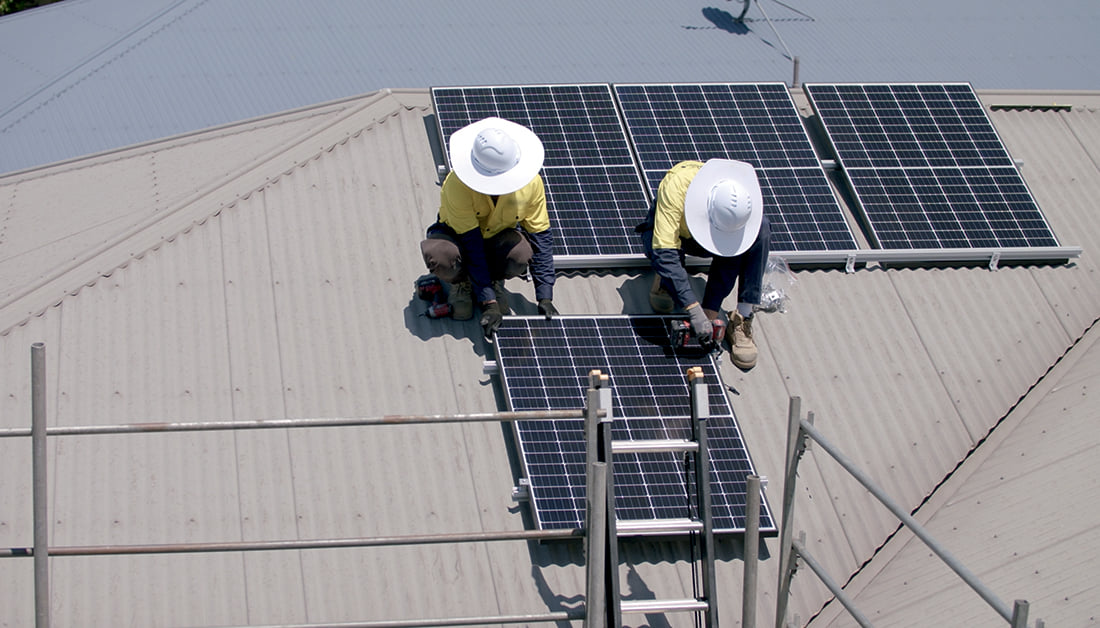
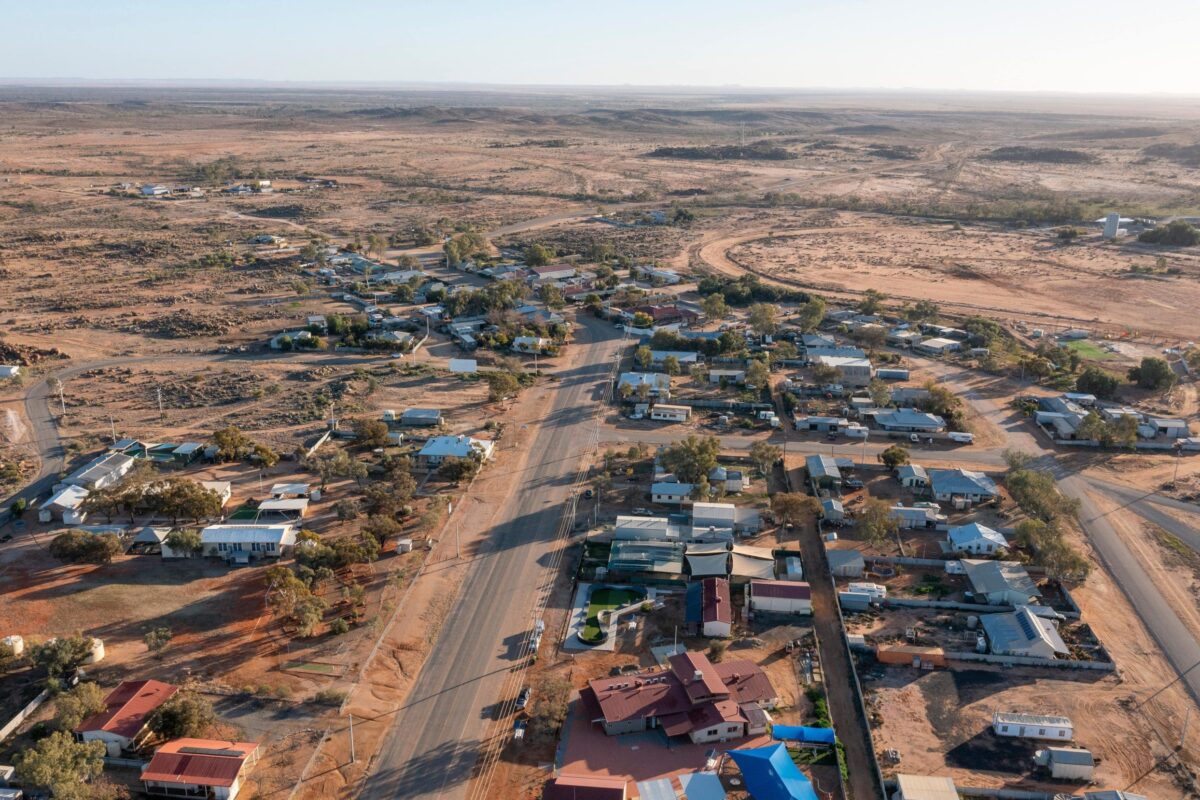
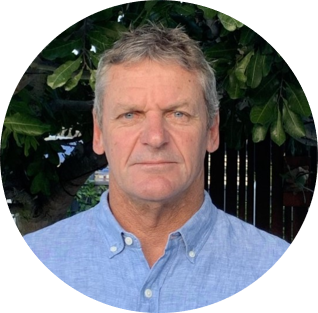

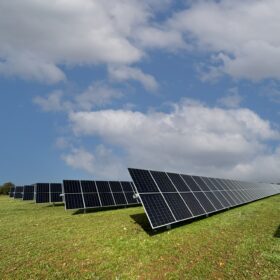
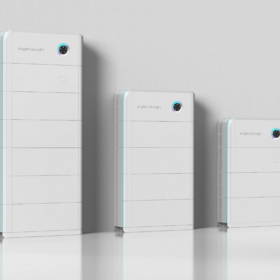

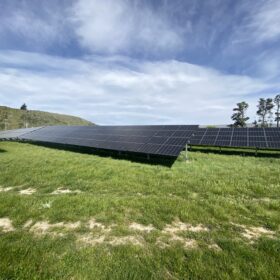
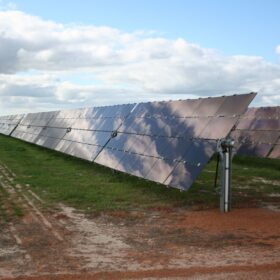
By submitting this form you agree to pv magazine using your data for the purposes of publishing your comment.
Your personal data will only be disclosed or otherwise transmitted to third parties for the purposes of spam filtering or if this is necessary for technical maintenance of the website. Any other transfer to third parties will not take place unless this is justified on the basis of applicable data protection regulations or if pv magazine is legally obliged to do so.
You may revoke this consent at any time with effect for the future, in which case your personal data will be deleted immediately. Otherwise, your data will be deleted if pv magazine has processed your request or the purpose of data storage is fulfilled.
Further information on data privacy can be found in our Data Protection Policy.